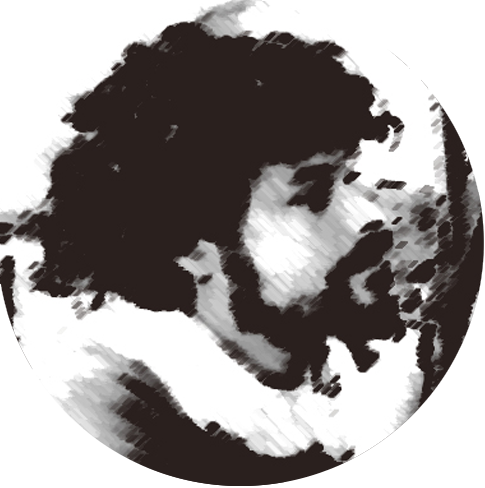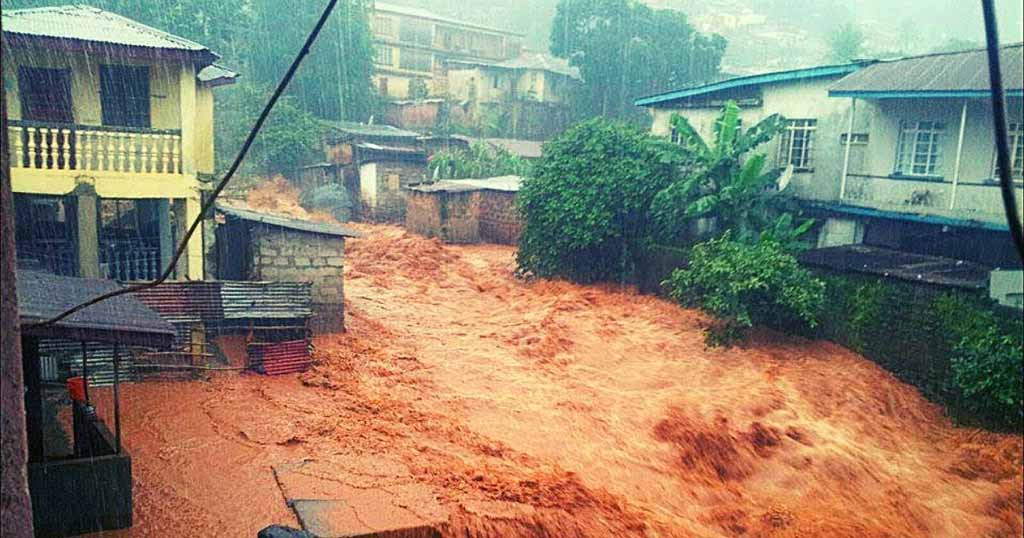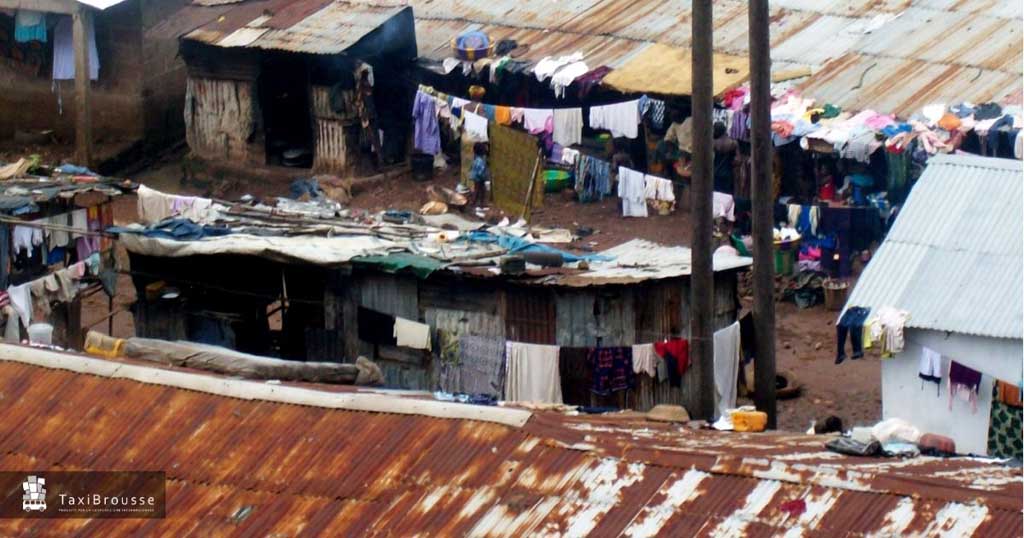Exactly during these days, ten years ago, I was going to the slum of Kroo bay for the first time, writing down my first, conflicting impressions on a notebook.
Even if the diary pages always sound trivial and silly when read years later, I decided to keep them as they are: confused, full of mistakes and hasty judgements, but full of enthusiasm, mirages and controversial feelings.
Are you going to Kroo bay? – The barman looks at me with his eyes wide open and the bottle of my “star”, the local beer, still in his hands; the expression of his face is eloquent, in between an ironic smile and the stunned look of whom pretends not understanding.
-Yes, I am going to Kroo bay tomorrow, have you ever been there?
“Well… in Kroo bay? Why would I ever go there?-
Kroo bay is the greatest slum in Freetown, a neighbourhood of over five thousand people stacked in less than six hectares with a density similar to Manhattan. A neighbourhood so close to the centre that from any shack you can see the polished, mirrored windows of the city’s skyscrapers, a neighbourhood that no one wants to hear about in Freetown: everyone knows it, yet no one has ever stepped there.
An inconvenient neighbourhood, a stain for the city.
Wherever you are coming from, either from the steep stairs of the Sanders brook, from the narrow streets of Kroo Town or from Lightfoot Boston Street, you can only reach Kroo bay from the top, crossing the neat, nineteenth century Krio neighbourhoods with gorgeous, colourful wooden chalets and regular streets named after rigorously British names.
As we said, in Kroo bay you can only get from the top, unaware and light-hearted, until that ultimate step where you finally have that sudden, unbelievable vision of what lies before our eyes; at that point, you can’t help but stop on the verge of the abyss and observe that gigantic, endless succession of tangled corrugated metal sheets, stacked until the sea.

The first impression one has in front of this sight is devastating, you ask yourself who it is possible to live in those conditions, and what could possibly happen “inside there”, in those worlds that take form on hillsides so steep not to slide, on muddy swamps or patches of land between a highway and the sea, beyond a border only few desire to cross.
It is with these thoughts, a thousand fears and a bit of compassionate sadness that we go down Kroo bay for the time, shaking on steep stairs that cannot be other than those of a Dante’s inferno.
While descending, step by step, you lose the full picture and start to totally dive into the sounds, smells, faces and looks.
There’s only a last effort left, the decisive one to cross the border: that sixty-centimetres step that marks the difference between the asphalted and elevated road from the mud, that jump that separates the end of the real city from the city that should not exist; the point of no return.
The neighbourhood is a labyrinth of roads only a few centimetres wide, that twist among mud houses and ‘Panbodi’; it is situated at the mouth of a small river called Alligator river, a bit before the sea the Alligator joins another small stream so that Kroo bay results as divided in three separate communities from the water streams.
Some sandbags are used to try to bank the river’s overflow, all around, every street, every house teems with life.
In small shared kitchens people fry fish that was just caught from men that reach offshore on shabby rowing boats, kerosene vendors pass shouting in the streets, skilful tailors prepare dresses with their pedal Singers, barefoot children play chasing each other along streams of open sewers that reach what is called here “the beach”, a hundred of metres of waste of any kind lapped by the waves.
Everything seems animated by a joyful and resigned vitality.
This is the most terrible place I have ever visited, no, this is the most vital and wonderful place I have ever visited…

Federico Monica
Architect and Urban Planner, Ph.D. in Urban and regional planning. Founder of Taxibrousse studio, specialized in informal settlements assessment, slum upgrading strategies, low-cost and low-tech building processes.
Share this page!
Featured posts
English translation by Carla Procida
TaxiBrousse is a design and consultancy studio for international development, we works in the fields of engineering, architecture, urban planning and environmental protection.
Follow us






So proud of you for the good work.
Your research indeed gives meaning to the reader.
Thanks